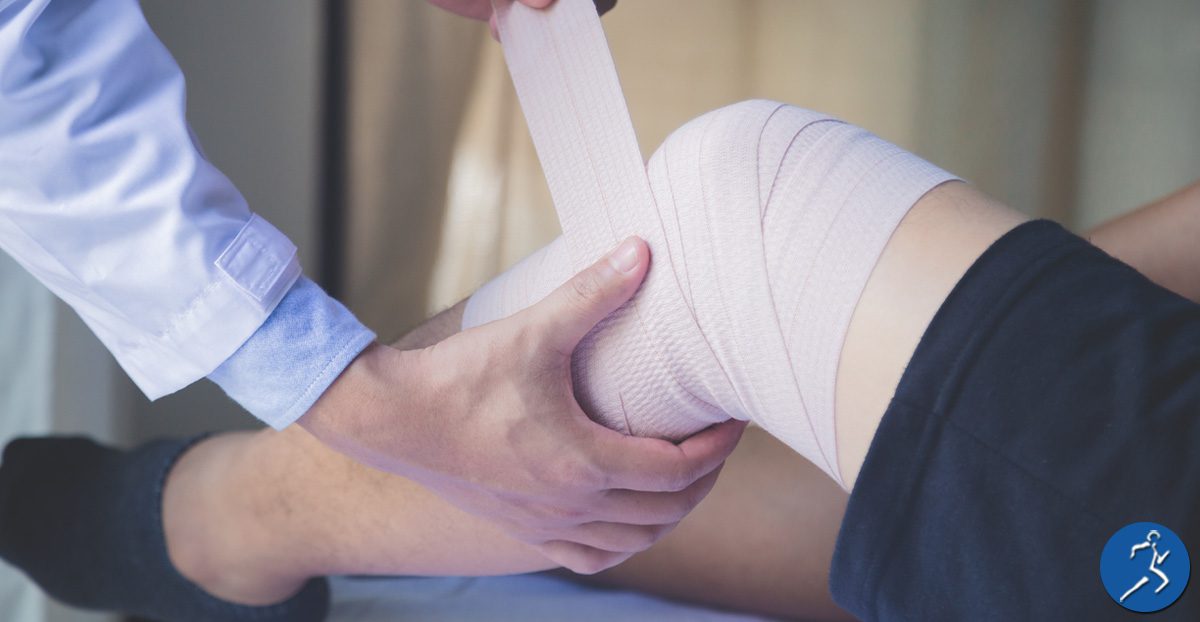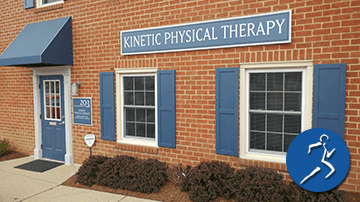 Physical Therapy can help you get the most out of your knee replacement surgery. You want to go for a walk around the neighborhood after dinner each evening. Take that family vacation, spending a couple of days strolling through an amusement park. Get down on the floor to play with your young grandchildren. But your knees tell you otherwise.
Physical Therapy can help you get the most out of your knee replacement surgery. You want to go for a walk around the neighborhood after dinner each evening. Take that family vacation, spending a couple of days strolling through an amusement park. Get down on the floor to play with your young grandchildren. But your knees tell you otherwise.
It may be time for a knee replacement if knee pain impacts your quality of life. When you have surgery to repair a knee, you can be certain that physical therapy will be essential.
Your doctor may recommend physical therapy before surgery. But let’s talk about post-op physical therapy and how it will play a big part in your road to recovery.
Partial Knee Replacement vs. Total Knee Replacement
Your knee consists of three major compartments. You’ll find the medial compartment on the inside part of the knee. Find the lateral compartment on the outer part of the knee. The patellofemoral compartment is on the front of the knee between the kneecap and the thigh bone.
A partial knee replacement removes either the medial or lateral compartments of the knee joint and replaces it with artificial parts. This is often an outpatient procedure, with no hospital stay required.
The entire joint is removed and replaced with an artificial joint with a total knee replacement. This is a more invasive procedure, requiring a short stay in the hospital.
Physical therapy is a big part of the recovery process regardless of which kind of knee replacement you and your doctor decide to have.
Post Knee Replacement Physical Therapy
As soon as surgery is over, rehab begins. Within the first 24 hours, your doctor will want you standing and beginning to walk. Of course, walking after surgery will require a walking aid such as a walker, cane, or crutches.
Before you leave the hospital, you will probably meet with a physical therapist. A physical therapist can teach you how to walk and move about with your walking aid. They may also educate you on applying ice, elevating your leg, and using compression socks to reduce swelling.
Once you are home to recover, physical therapy sessions are vital for getting your knee back to health. Most patients require physical therapy for eight to twelve weeks, depending on their surgery and recovery progress.
How Physical Therapy Helps
The overall goals of post-op physical therapy are to heal faster, manage pain, and reduce swelling.
There are different stages of physical therapy and its role throughout the recovery process.
Immediately after surgery, your physical therapist will work with you to strengthen the muscles around your knee. Working the muscles will also prevent scar tissue build-up. The exercises they teach will also reduce stiffness due to immobility.
For the first few weeks, you will have daily exercises. Dressing, bathing, and walking should come more manageable with time, but you’ll still need the use of a walking aid.
A month after surgery, your physical therapist should begin work and education to reduce your swelling. At this point of the recovery, the main goal is to increase knee strength and range of motion.
As your recovery progresses, your physical therapist will modify the exercises. Both intensity and repetition should increase. Your knee range of motion will improve as you return to your everyday lifestyle.
Don’t Let Painful Knees Slow You Down
If you are struggling with knee pain, it may be time for knee surgery. Rest assured that Kinetic Physical Therapy can help you after knee surgery. Quality care is always our primary goal, and we would love to restore your quality of life.


